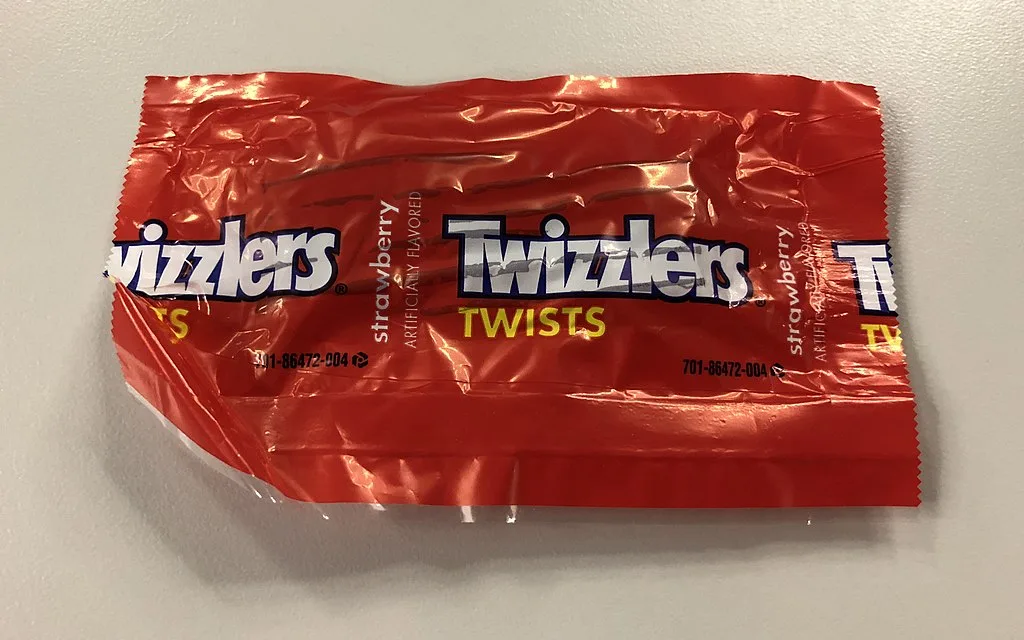Licorice is a plant of the genus Glycyrrhiza, which is a legume (related to beans and peas). The most commonly known species is Glycyrrhiza glabra, from which the sweet flavor is derived. Licorice plants have pinnate leaves with 9-17 leaflets, and they grow to a height of 1-1.5 meters. The plant produces small purple to pale whitish blue flowers, and it bears fruit that is an oblong pod containing several seeds.
The root of the licorice plant is where the flavor most associated with licorice confectionery comes from. It contains a compound called glycyrrhizin, which is much sweeter than sugar. This root has been used for thousands of years both as a sweetener and in traditional medicine across many cultures, particularly for its purported anti-inflammatory and antimicrobial properties.
Licorice is used in a variety of products, not just in candies and sweets. It can be found in beverages, herbal teas, and as a flavoring in tobacco products. In traditional medicine, licorice extract has been used to treat various ailments, including digestive issues, respiratory problems, and skin conditions. However, it’s important to note that consuming large amounts of licorice or glycyrrhizin can lead to adverse health effects, such as high blood pressure and lowered potassium levels, due to its effect on the body’s electrolyte balance.
Image from Wikipedia






Recent Comments